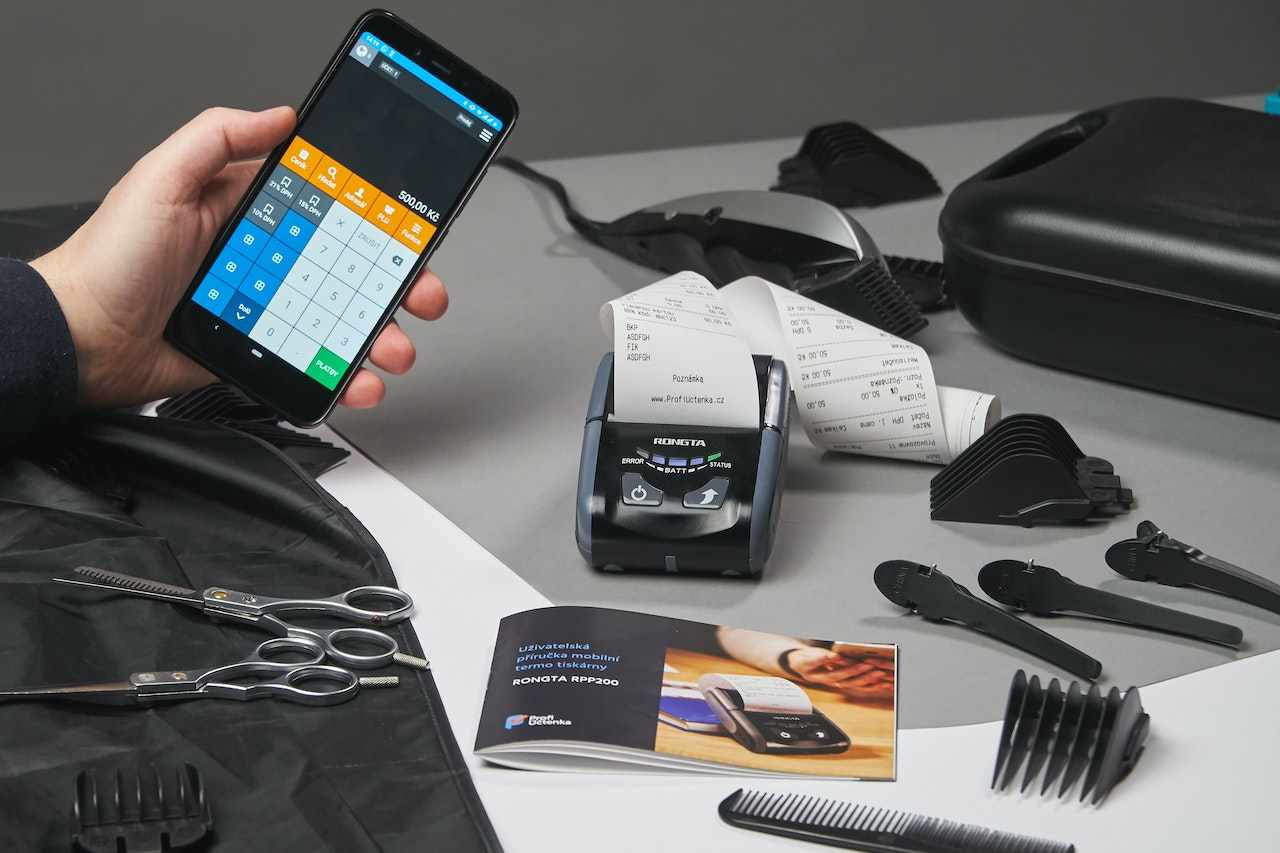Retail banks across regions have digitized about 20% of their processes on an average, with a large majority investing less than 1% on digitization initiatives. Most banks have a thin veil of digital offerings or mobile apps to address customer requirements, but very few have apps directed at internal processes such as account opening, loan origination, or even trade finance. Even fewer have made an attempt to digitize their internal productivity tasks such as submission and approval of leave requests, expenses, etc., for their employees.
However, a few exceptions do exist. For e.g. ICICI Bank has been able to extend the reach of their banking services by use of Mobile Tabs, and the gains were not just efficiencies derived (e.g. account opening cycle time was reduced from 4 days to few hours, driven by account opening apps on the Android Tabs of their field sales team), but also some real benefits in terms of extended reach, better customer service, and above all addition of half a million more customers within 8 months of launching this application. With such clear value proposition, there is no debate that Mobile Tab Banking Apps can change the competitive landscape within the banking sector.
A recent study by Juniper Research#1 forecasts that 44 billion mobile apps will be downloaded by 2016. Another study by Neilson#2 points to the fact that already in 2012, the average number of apps per device had risen to 41 – no surprise in today’s iPhone age, where you can type a keyword in the Search Bar of your AppStore and voila! You have an app for it! This receptivity to work on mobile apps among consumers will translate into demands on banks and enterprises in general to take a serious look as this Appsmania. Mckinsey#3 in their report titled Mobile Disruption: CIO Perspective, forecasts that on an average, about 25 new business and productivity apps are expected to be added per device.
There are clearly two categories of apps that banks will need to focus on – Field Workforce apps and Productivity apps. Field Workforce apps are the ones that can extend the reach and focus on customer acquisition. Examples of such apps can go beyond the ICICI proof point for account opening to other areas like loan origination, lead management, collections management, product content and promotions management, etc. All these exist as a combination of integrated or standalone business processes implemented in the banking enterprise, but can now be un-tethered to take banking to the customer doorstep, leveraging the inherently mobile nature of these tabs, and their ability to initiate mobile based capture processes. The camera with auto-focus capabilities embedded in these tabs along with sophisticated image compression and handling software capabilities is the real core enabler behind this mobile capture. A lot has been written about how mobile can change the way we work – a large part of these new mobile driven use cases get enabled due to these imaging capabilities and CIOs need to seriously evaluate vendors that offer such mobile capture and image handling capabilities for this segment of Field Workforce Apps. The second type of apps, which I call Productivity apps, go a long way in reducing the daily pain experienced in execution of organizational policies where digital signatures can be used for attestation, filing expense claims where mobile capture can ensure no lost receipts, approving employee leave applications, and compliance submissions, or even for convenience uses such as reporting and dashboards. These apps will reduce latency in the internal decision process, enable anytime anywhere initiation of requests, accelerate approvals, and also provide relevant corporate information and reports for faster and better decisions.
This apps proliferation is not limited to the banking vertical but evidence is already showing up in other industry sectors as well. Examples of this category include use of mobile devices for scanning barcodes – documenting good receipt and inventory management in warehouses and scanning QR codes to pull up repair or product manuals on your mobile tabs. Maintenance personnel could record damaged parts and reorder replacements through their mobile tabs, or insurance agents could document accidents/incidents, initiate claims and distribute policies, or issue insurance identification cards. Mobile eCommerce and mobile payments is already seeing adoption in the retail sector – we all already experience this first hand when ordering a cup of coffee @ Starbucks or a pizza from Dominos.
The future employees and customers will increasingly belong to the millennial generation that has been brought up on this apps culture. Today’s CIO will need to plan ahead and frame future-proof strategies to build a scalable enterprise mobility framework that enables delivering these apps with the right level of functionality e.g. mobile capture, quick configurability, secure access, and integration with MDM (Mobile Device Management), BPM (Business Process Management) and other backend enterprise systems –core banking, ERP, CRM, Active Directory, etc. Most importantly the enterprise mobility framework must have the capability to easily manage and configure changes in these apps, while delivering them at the lowest total cost of ownership.
#1 Juniper Research Mobile App Stores: Future Business Models – Apr 2012
#2 Nielsen: U.S. Consumers Avg App Downloads Up 28% To 41; 4 Of 5 Most Popular Belong To Google
#3 Mobility disruption: A CIO perspective
You might be interested in



25 Sep, 2025
Transforming Enterprises with Newgen’s Business Process Management Software

